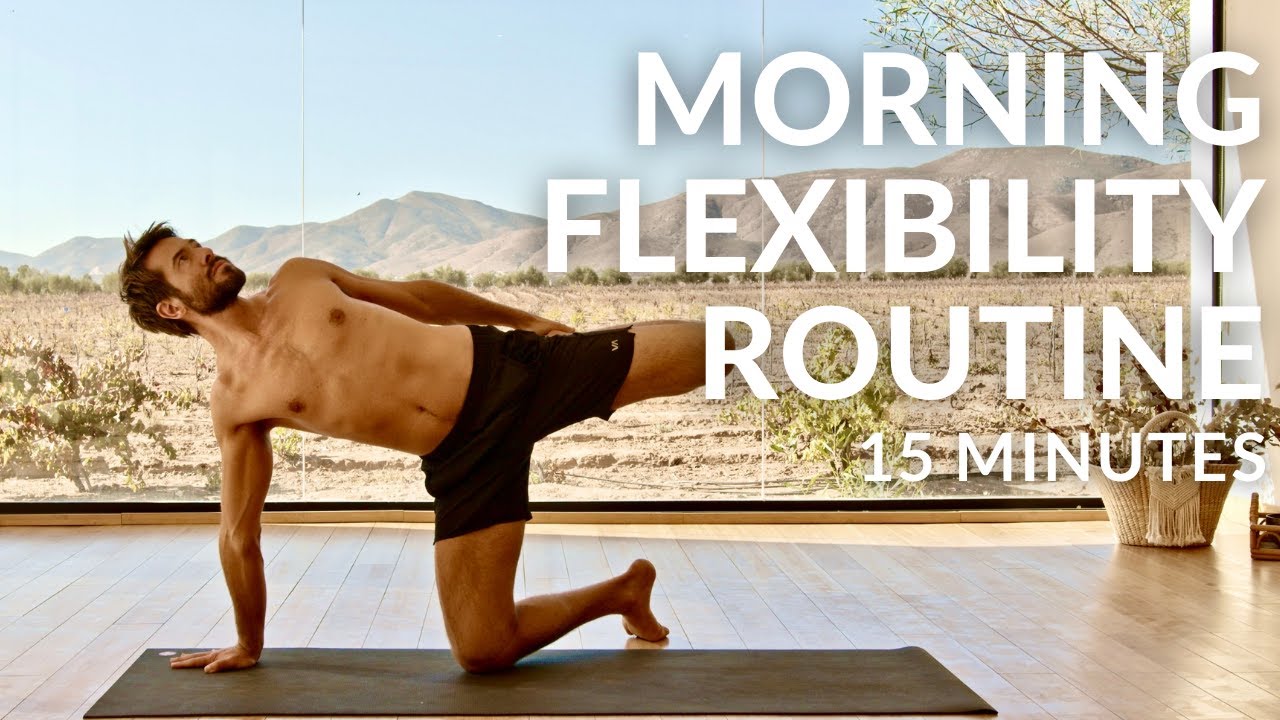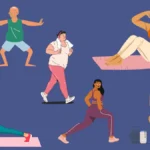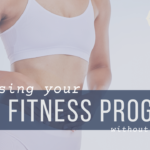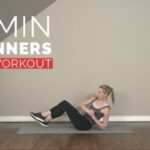Waking up with a stiff body is common. Gentle morning stretching can help. Regular stretching keeps muscles long and flexible and maintains joint range of motion. In fact, experts say we all benefit from daily stretches to protect mobility and avoid stiffness. A short 15-minute routine can boost circulation, ease tightness, and energize you for the day ahead.
Stretching in the morning helps loosen muscles that were at rest overnight. It can relieve aches in the back, neck, and legs and even improve posture. A moment of mindful stretching also calms the mind, setting a positive tone for the day. In other words, a simple stretch session is a form of self-care that can become an easy, energizing habit.
You don’t even need to leave your bed to stretch – simple poses on the floor can warm up your body and shake off stiffness. Starting with basic moves like neck rolls or full-body stretches (as shown above) for a few breaths can help blood flow. Gentle stretching first thing can relieve shoulder, spine, and hip tightness from sleep.
Why Stretch Every Morning?
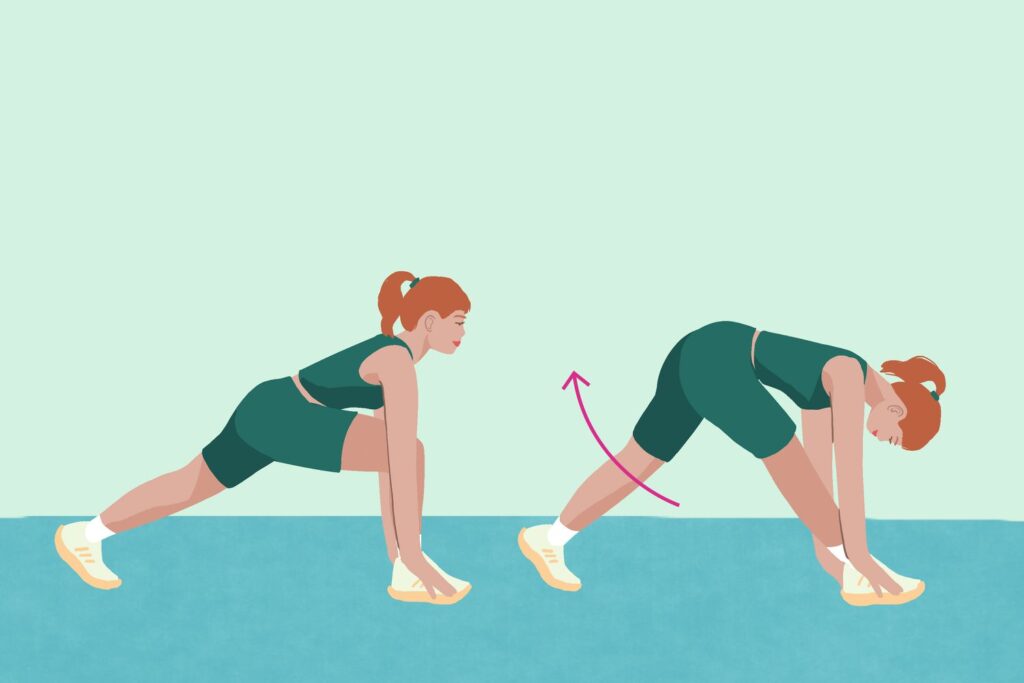
Stretching is more than a warm-up for exercise. Harvard Health explains that stretching keeps muscles flexible and healthy, which maintains joint mobility. Without it, tight muscles can limit your movement and even increase injury risk. Regular stretching makes muscles long and lean so they won’t pull hard on joints during movement. Better flexibility also improves balance and posture, helping you avoid falls or aches in daily life.
Stretching can also relieve stiffness and pain. When muscles relax all night, they often feel tight in the morning. A calm.com blog notes that morning stretches “release tension in muscles and joints,” easing discomfort and improving flexibility. It boosts circulation, delivering fresh blood and oxygen to stiff areas. You may even get a natural energy boost from the increased blood flow, without reaching for caffeine. Over time, regular stretching can gradually increase your range of motion and prevent injuries.
Experts recommend working through all major muscle groups each time you stretch. Harvard’s expert panel advises healthy adults to stretch the neck, shoulders, chest, trunk, lower back, hips, legs, and ankles regularly. This routine will touch each area: from neck tilts and shoulder rolls to twists for the back, plus hip and leg stretches. Aim to include all these areas at least a few times a week (or daily) to reap full benefits.
Also Read Full-Body Home Workout Plan for Beginners (No Equipment Needed)
Safe Stretching Guidelines
Do your stretches safely. It’s best to start with very gentle movements so your cold muscles warm up. Harvard Health cautions against stretching cold muscles, since it can cause strain. If you want, you can do a quick warm-up (like marching in place) for a minute. Even one or two mindful stretches first thing, done slowly, will begin to loosen things safely.
Always listen to your body. Stretches should create a feeling of mild tension, but never sharp pain. If something hurts, ease up. You may feel one side of your body is stiffer – that’s normal. Only stretch as far as is comfortable\. A Bupa physiotherapist reminds us to stretch “without any pain” and stop if you feel pinching or cramping. Over time, flexibility will improve, so be patient and consistent.
The how long also matters. Mayo Clinic and Harvard agree that holding a stretch for about 30 seconds is a good starting point. Harvard notes that a total of 60 seconds per stretch (for example, 4 reps of 15 seconds each) is ideal. In our routine, aim for about 15–30 seconds per stretch (or a few slow repetitions). If one area feels tight, you can stay a little longer or repeat the stretch a couple of times. Just remember to keep breathing normally throughout each hold.
Above all, consistency is key. Even a few minutes of daily stretching pays off. “The true benefits of stretching are seen over time with regular practice,” notes Calm’s health blog. Just 5–10 minutes each morning can improve flexibility, mobility, and overall well‑being.
The 15-Minute Full-Body Stretch Routine
The following step-by-step routine targets your whole body. Start lying down (even in bed if you like), then sit, and finally stand. Move slowly and keep each stretch gentle. Use a yoga mat or towel if you’re on the floor. Time listed for each is a guideline – feel free to hold shorter if needed or longer if it feels good.
- Child’s Pose (1 minute) – Start on hands and knees or in a kneeling position, then sit back on your heels and stretch your arms forward to the floor. Rest your forehead on the ground or a pillow. This stretches your lower back, hips, and thighs. Hold for 30 seconds, relax a moment, and repeat once. You can do this on your bed or mat.
- Cat-Cow (1 minute) – On hands and knees, alternate between arching your back up (cow) and dropping it down while lifting your head (cat). Move slowly with your breath for about 6–8 cycles (around 60 seconds). This dynamic move gently wakes up the spine, neck, and shoulders.
- Knees-to-Chest (30 seconds each side) – Lie flat on your back. Hug one knee toward your chest, keeping the other leg straight on the floor. Hold 20–30 seconds, then switch legs. (You should feel it in your lower back and glutes.) You can also hug both knees together once for 30 seconds. This eases lower back stiffness (SRC- bupa).
- Supine Spinal Twist (15–20 sec each side) – Lie on your back with arms extended out. Bend the right knee and gently drop it across your body to the left side, keeping both shoulders on the floor. Turn your head to look toward your right hand. Hold 15–20 seconds, then switch sides. (Keep the shoulder on the ground.) This twists the spine and stretches your back and hips.
- Seated Upper-Back Stretch (10–15 seconds) – Sit on the edge of a chair or on the floor with legs crossed. Clasp your hands and push them forward at chest height while rounding your back. You should feel this between your shoulder blades. Hold for 10–15 seconds.
- Neck Tilt (10 seconds each side) – Sit or stand tall. Gently drop your right ear toward your right shoulder. To increase the stretch, use your right hand to lightly press your head down. Hold 10 seconds, switch sides. Relax your shoulders down as you tilt. (Aim for neck tension, not pain.).
- Shoulder Stretch (30 seconds each side) – Extend your right arm straight across your chest. Use your left hand to press the right arm toward your body. Keep your shoulders relaxed down away from your ears. Hold 25–30 seconds, then switch arms. You’ll feel the stretch on the outside of the shoulder.
- Side Bend (20 seconds each side) – Stand with feet hip-width apart. Reach both arms overhead and clasp your hands. Lean your torso slowly to the left, feeling a stretch along your right side. Hold 15–20 seconds, then lean right to stretch the left side. (You can keep knees soft or slightly bent.) This opens up the side body, waist, and shoulders.
As you progress, try standing hip and leg stretches like the hip-flexor lunge (pictured). This stretch opens the front of the hip and thigh. Step your right foot forward into a lunge and place your hands on your left thigh or a wall for balance. Lean into the stretch, keeping your back leg straight and hips facing forward. Hold 20–30 seconds and switch legs. It targets tight hip flexors from sitting.
- Standing Quad Stretch (30 seconds each side) – Standing near a wall or chair for balance, bend your right knee and reach back to grab the top of your right foot with your right hand. Keep knees close together and gently push your hip forward. You should feel the front of your thigh stretch. Hold 30 seconds, then switch legs.
- Standing Hamstring Stretch (30 seconds each side) – Stand with feet hips-width. Bend your right knee slightly and extend your left leg forward, heel on the ground, toes up. Hinge at your hips and lean forward over your extended leg, keeping your back straight. You’ll feel the back of the left thigh (hamstring) stretch. Hold 25–30 seconds, then switch legs. (Use a chair to sit on or lean against for support if needed.)
- Standing Calf Stretch (30 seconds each side) – Face a wall and place both hands on it at shoulder height. Step your right foot back, keeping the heel on the ground. Gently bend your left knee and lean in until you feel a stretch in your right calf. Keep the right knee straight. Hold 25–30 seconds, then repeat on the left side.
Take slow, deep breaths during each stretch and pause between moves. If any stretch feels too intense, reduce the range or take a break. You can repeat any moves if one area feels extra tight. By the end, you’ll hit all key areas: neck, shoulders, back, hips, quads, hamstrings, and calves.
Tips to Make Stretching Stick
Building this habit is easier than it sounds. Try adding stretches into your morning routine as soon as you get up – for example, right after turning off your alarm. Lay out a yoga mat or towel by your bed as a cue. You can pair stretching with something you already do, like listening to the news or waiting for coffee.
Keep it simple and positive. Even short sessions count. As Harvard Health points out, you won’t become perfectly flexible overnight. Flexibility comes with time and consistent effort. Give yourself credit for each little improvement, like reaching a bit farther in a stretch or feeling less stiffness. Over weeks, you should feel more loose and ready for the day.
Use motivation tricks: make a playlist of calming or upbeat music, or do stretches in front of a mirror to notice progress. Stretch with a friend or partner for accountability. Remember the benefits – each stretch is helping your muscles move freely and may even relieve tension and stress. If you ever feel bored, vary the routine: try a different back stretch one day or add gentle yoga poses.
Finally, don’t beat yourself up if you miss a day. What matters is getting back to it. The key is consistency. As Calm’s experts note, “Even just a few minutes of stretching each morning can lead to improvements in flexibility, mobility, and overall wellbeing”. With this routine, you’re investing in your health before the day begins.
Frequently Asked Questions
Is it okay to stretch every morning?
Yes. In fact, many experts encourage daily stretching. Harvard notes that flexibility exercises (like stretches or yoga) for all major muscle groups several times a week is ideal, and doing them each morning can be an easy habit to maintain. Morning is a great time to shake off overnight stiffness. As one health source explains, morning stretching wakes up the body and can improve circulation and flexibility. Just keep your stretches gentle and listen to your body.
How long should each stretch last?
Aim to hold each stretch for about 15–30 seconds at first. The Mayo Clinic and other authorities recommend around 30 seconds per stretch. If you feel comfortable, you can do multiple repetitions to reach about a minute total per stretch (for example, two 30‑second holds or four 15‑second holds), which is even better for flexibility. Always breathe normally and stop before any pain.
Can stretching help with back pain?
Yes, regular stretching can help ease back stiffness and pain. Stretching improves flexibility and reduces muscle tension in the spine and hips, which often relieves discomfort. For example, UK health sources note that back stretches increase mobility and improve posture, which can reduce back pain over time. Lower-back stretches like the knee-to-chest or spinal twist (see steps above) are often recommended for easing morning back aches. However, if you have severe or chronic back issues, talk to a doctor or physical therapist before starting any new routine.
Sources: Trusted health and fitness experts emphasize the benefits and safety of regular stretching ( SRC- Harvard). We’ve drawn on guidance from medical and physiotherapy sources (Harvard Health, Mayo Clinic, Calm.com, Bupa, etc.) to compile this beginner-friendly routine. For best results, use good form and go at your own pace. Stay consistent, and your body will thank you!
